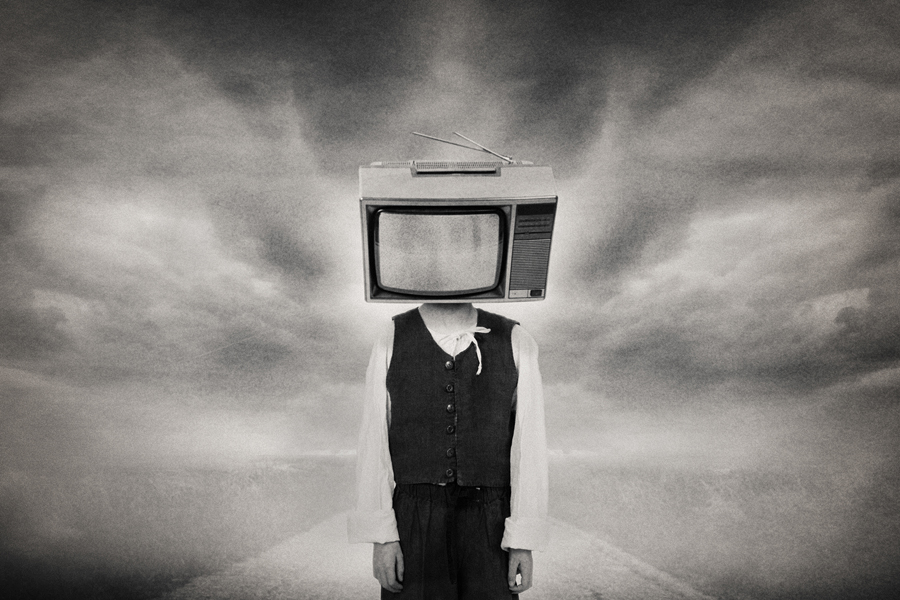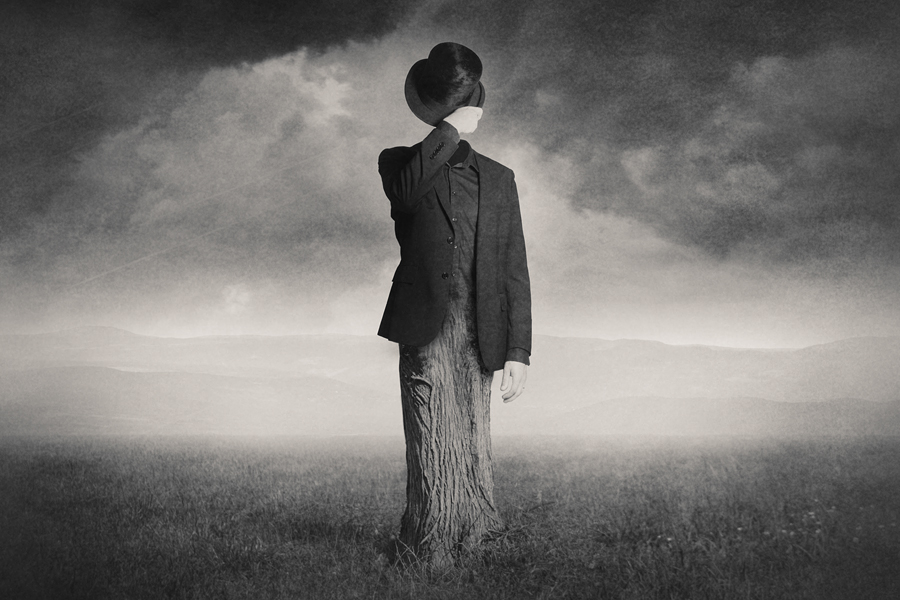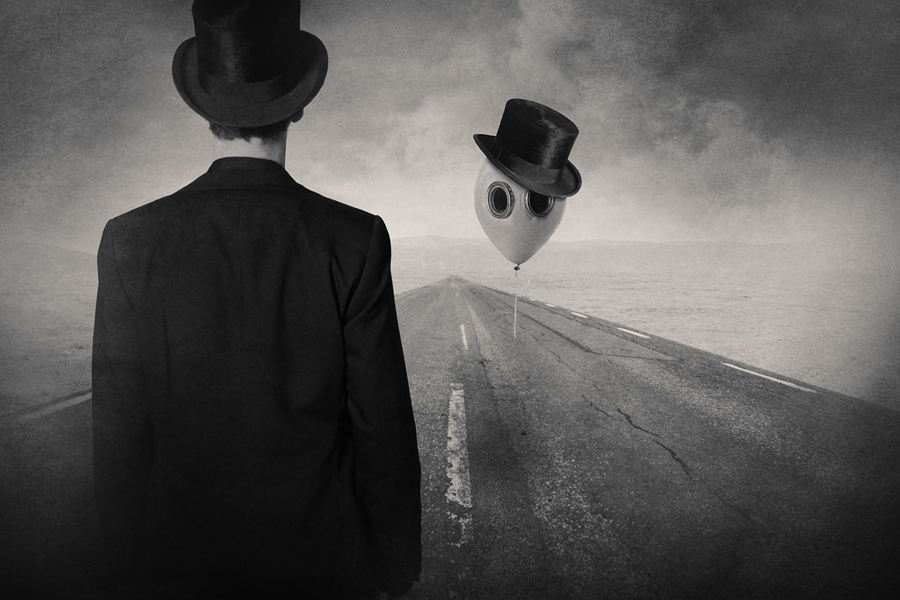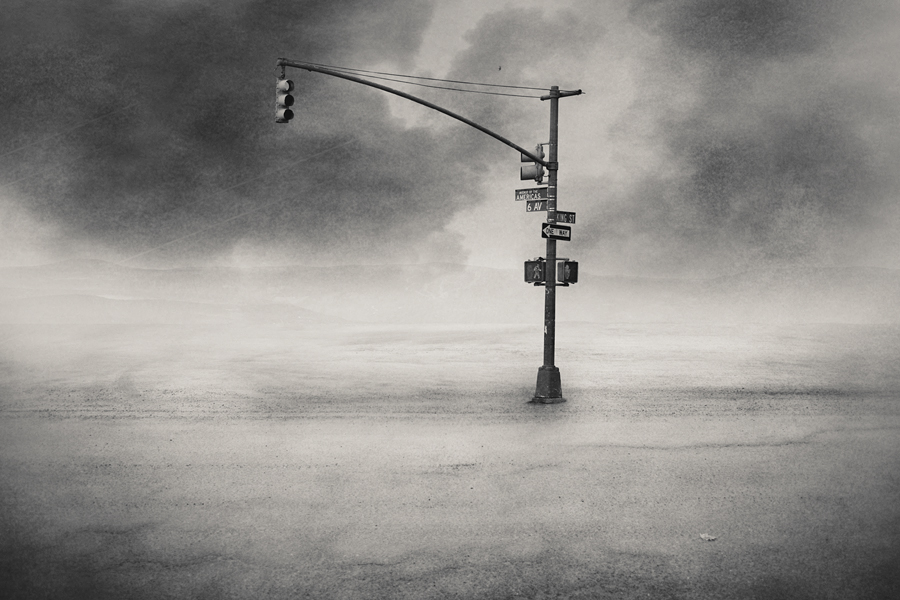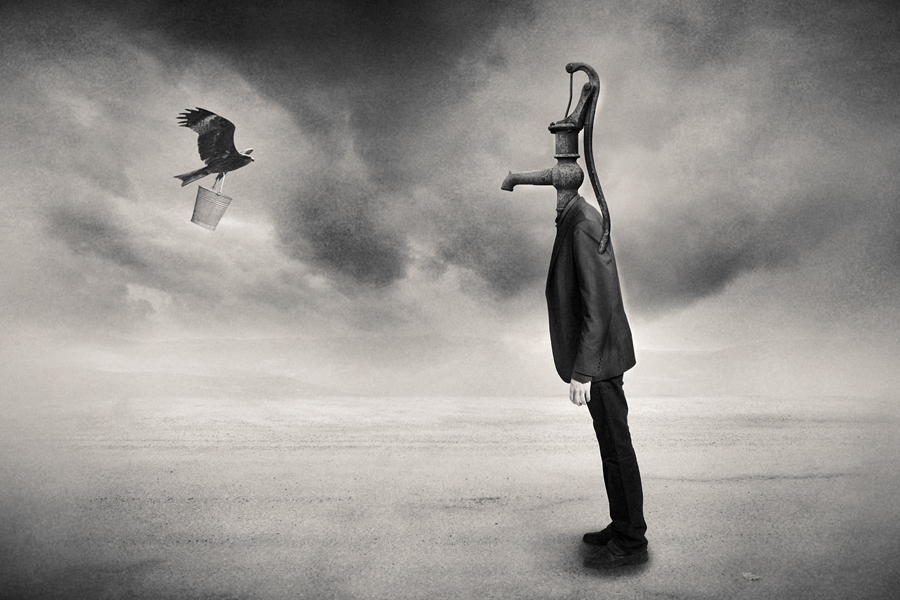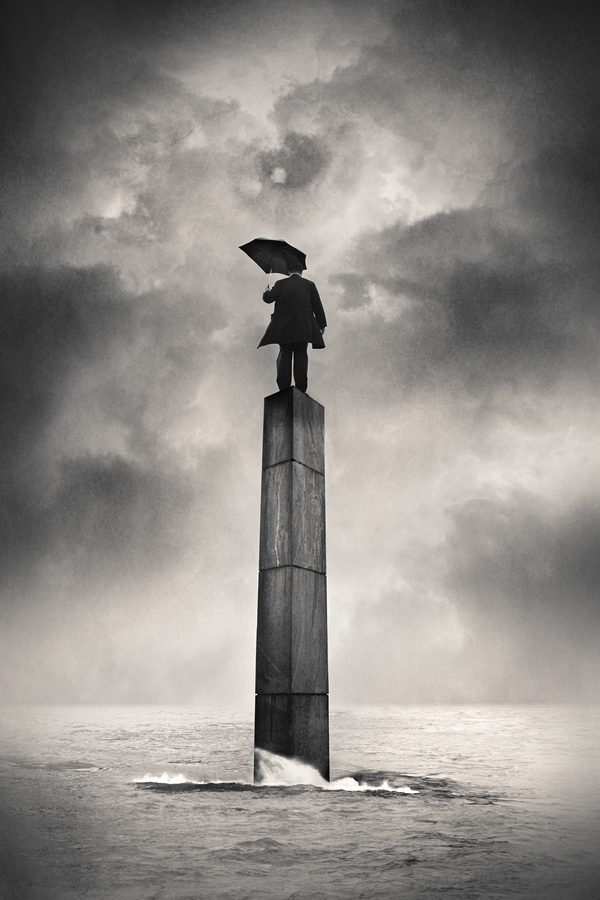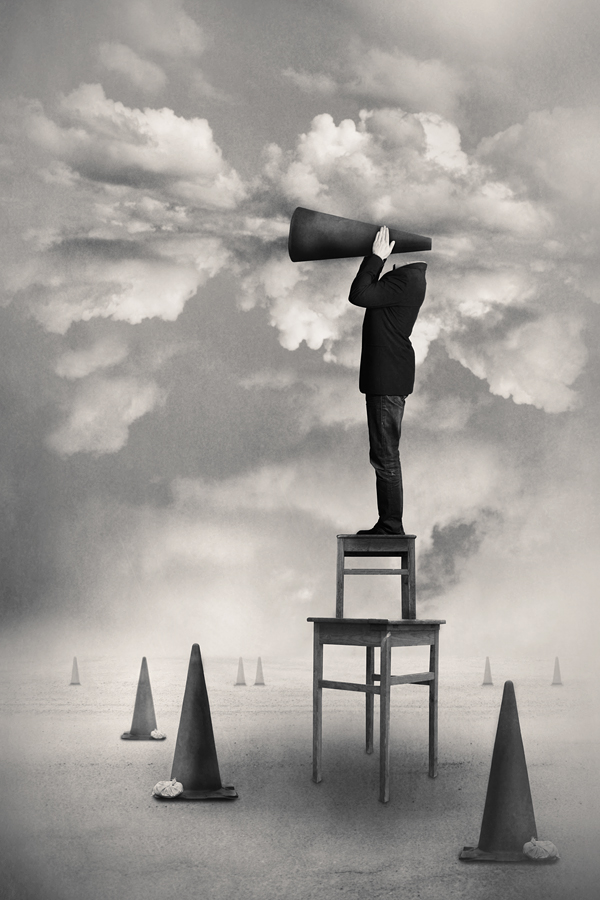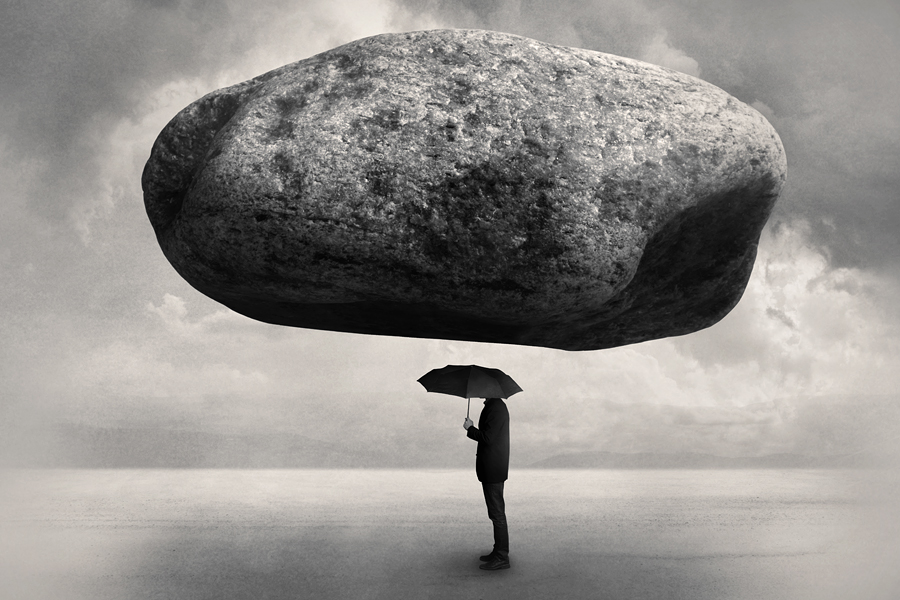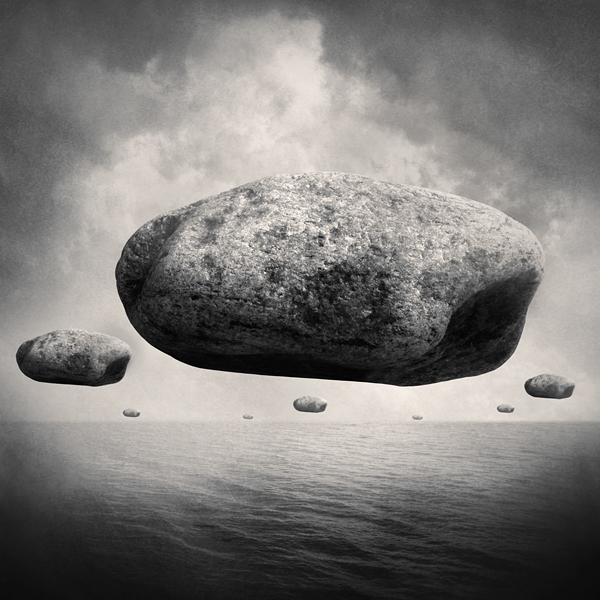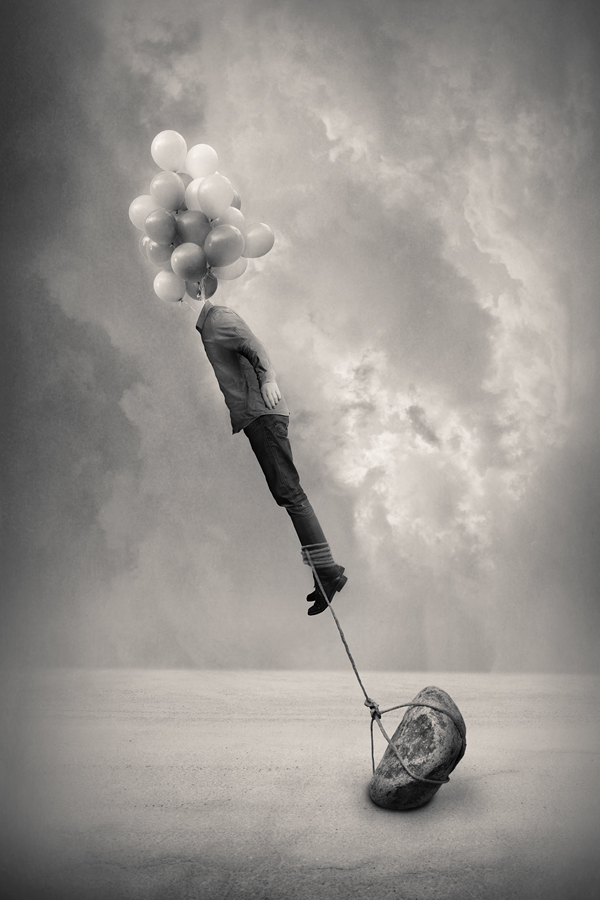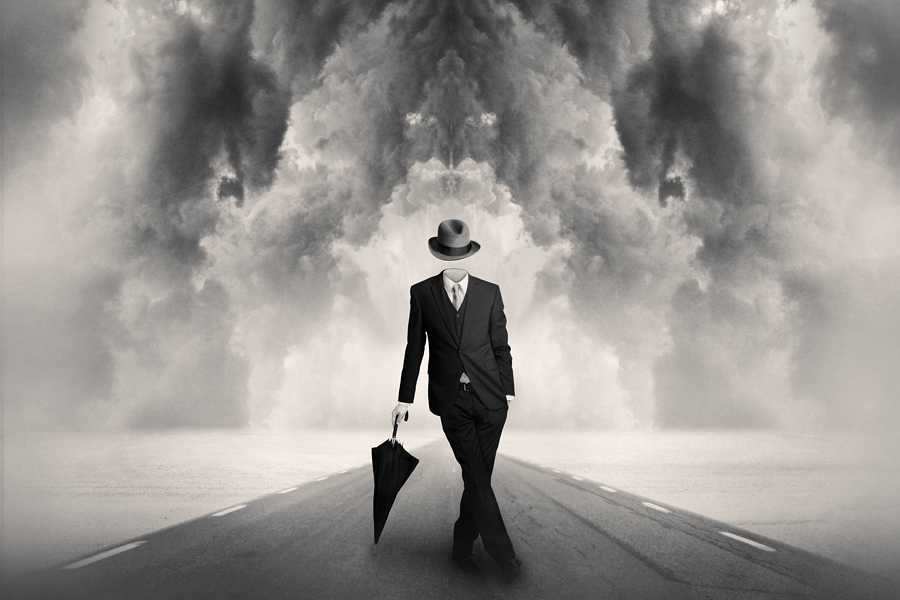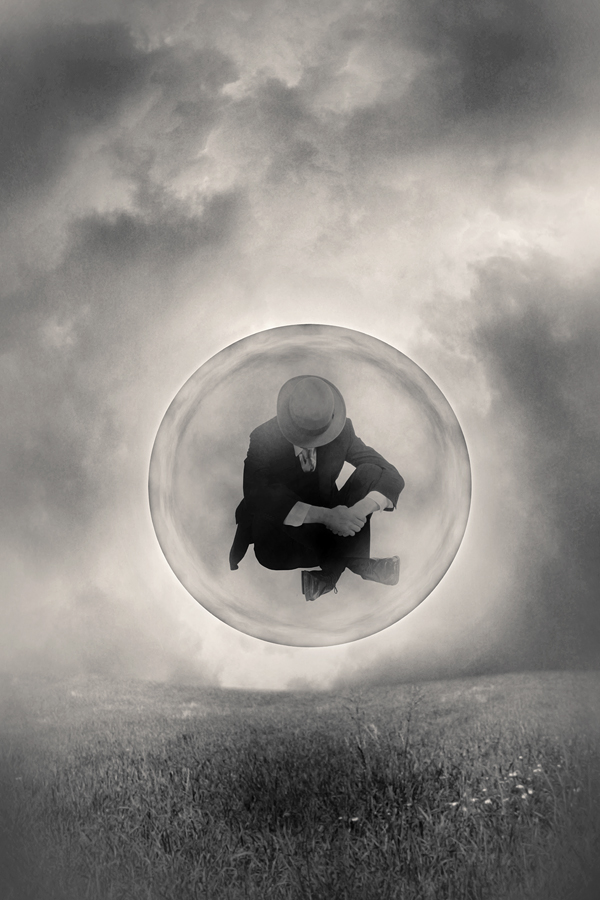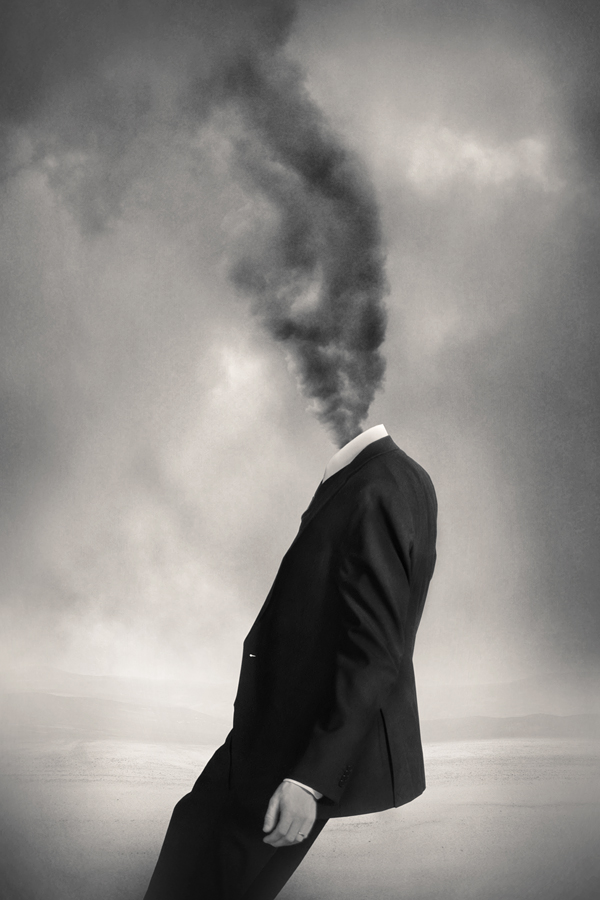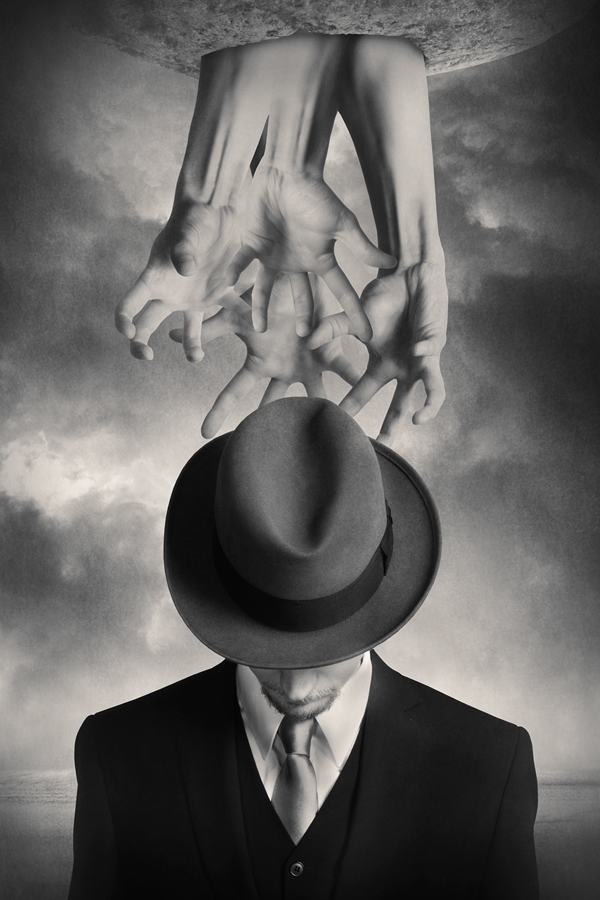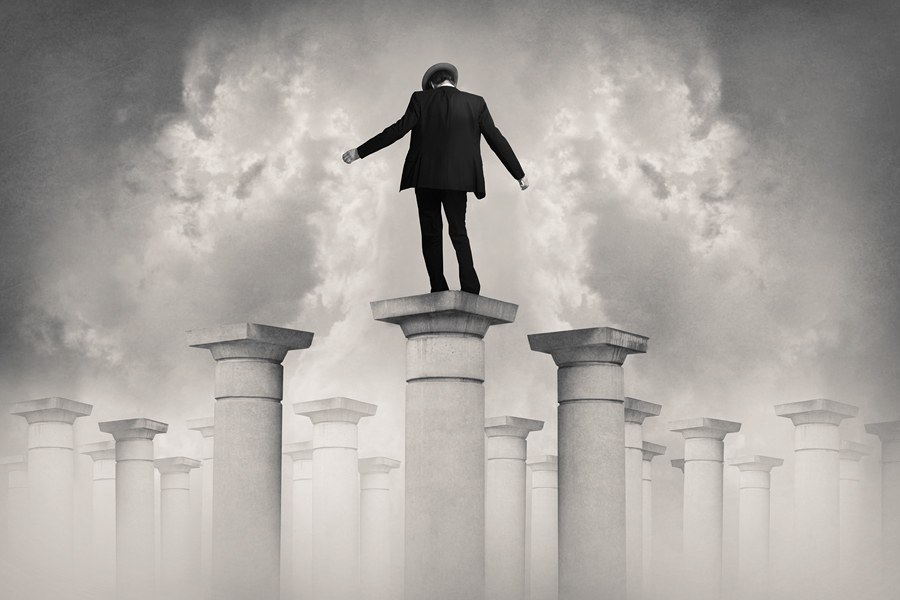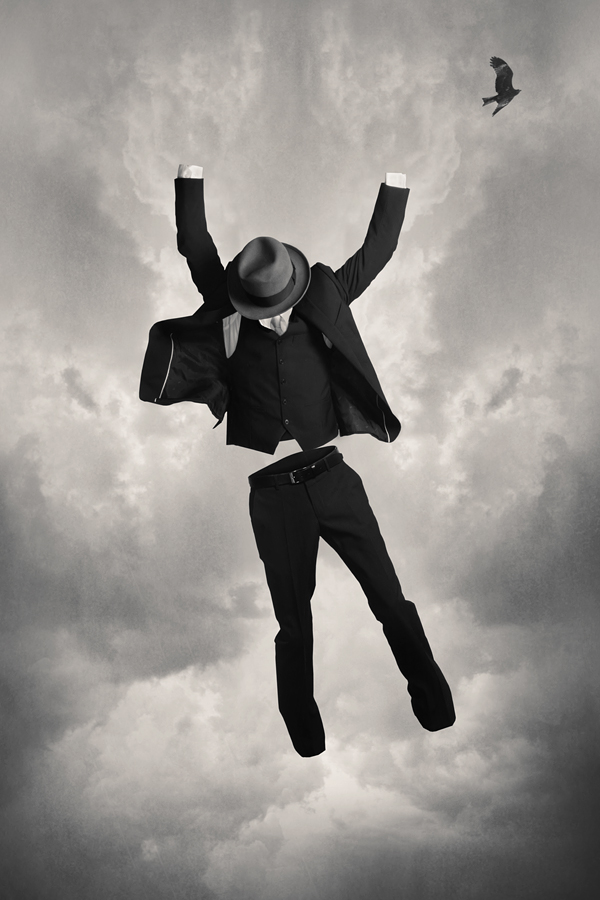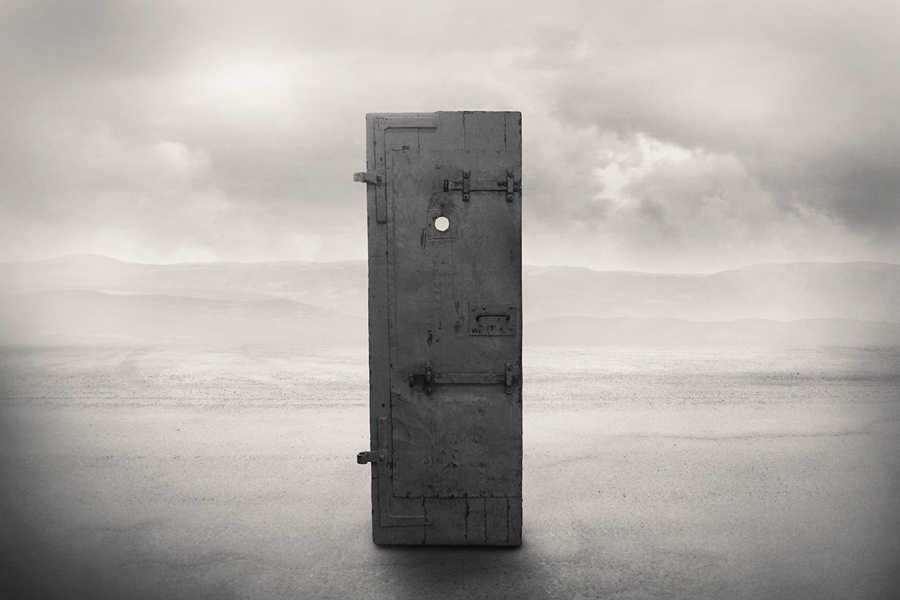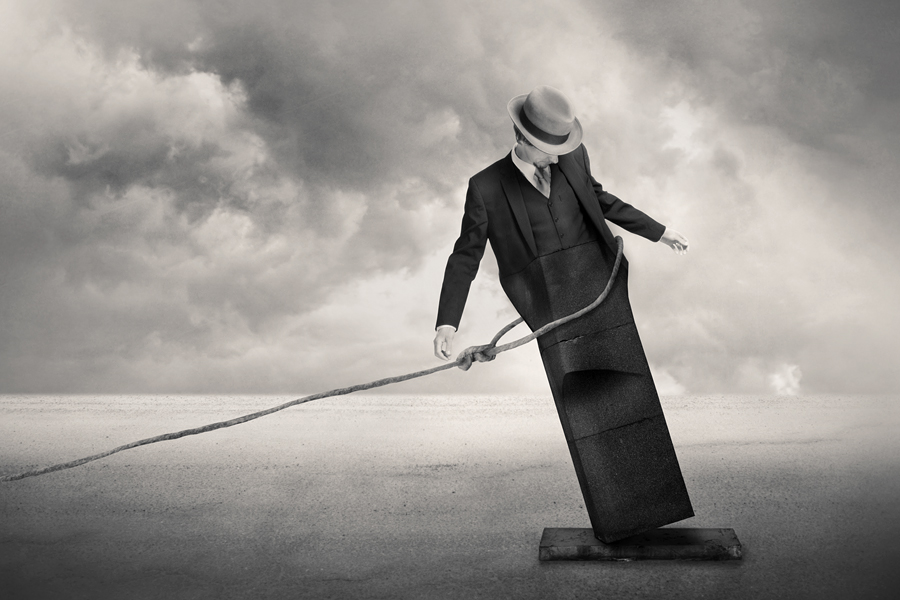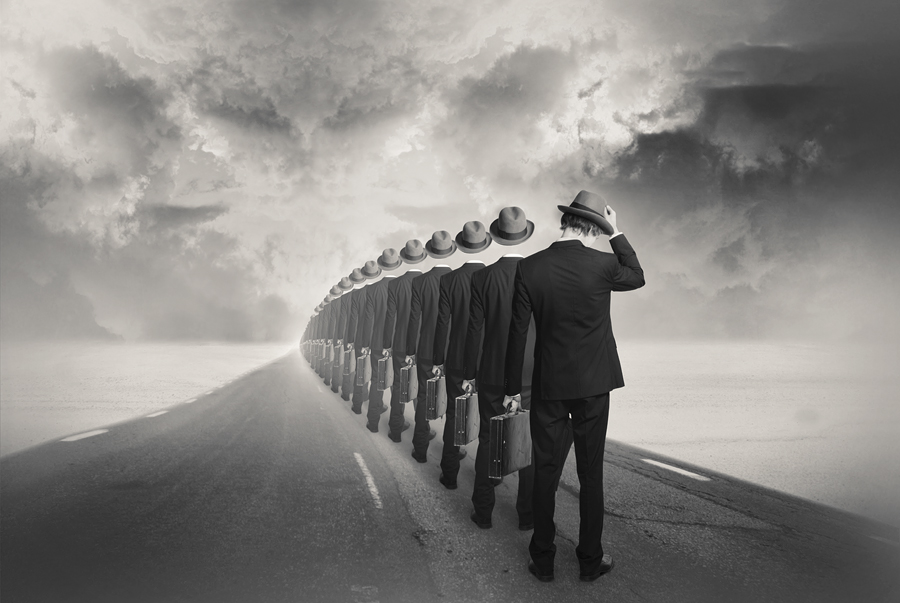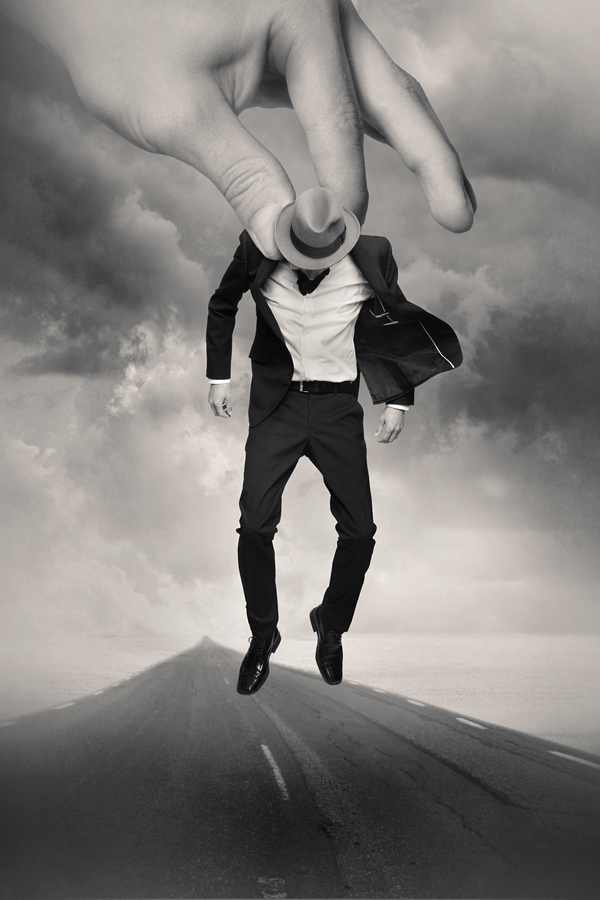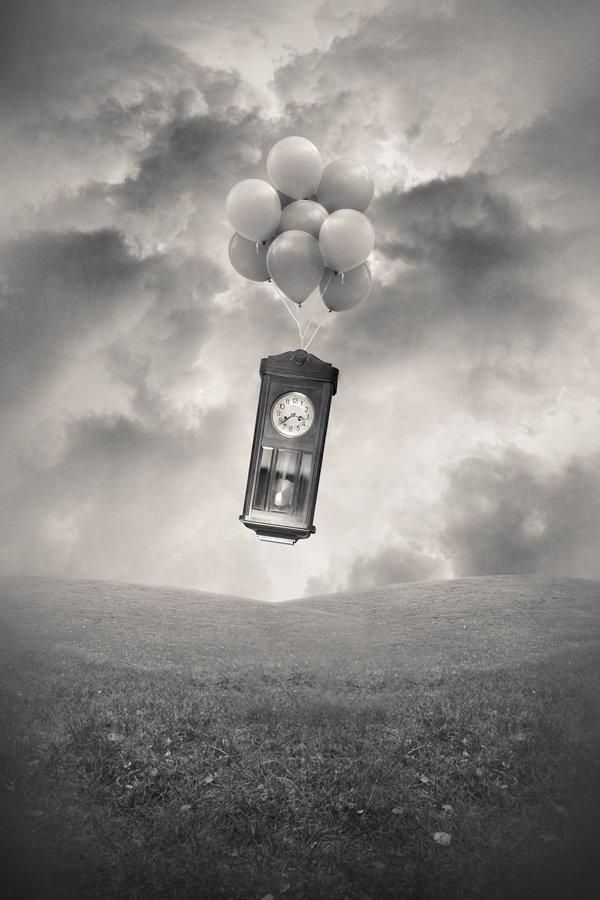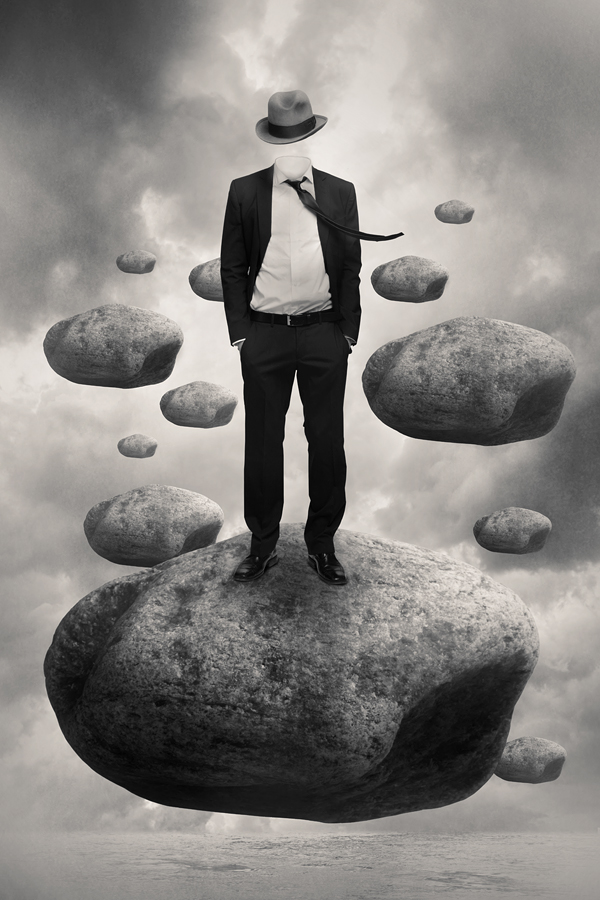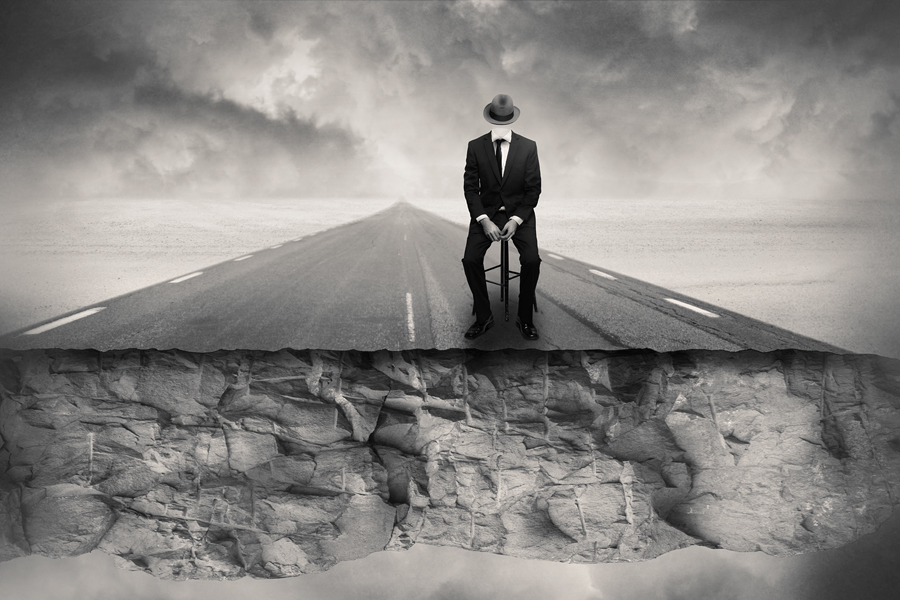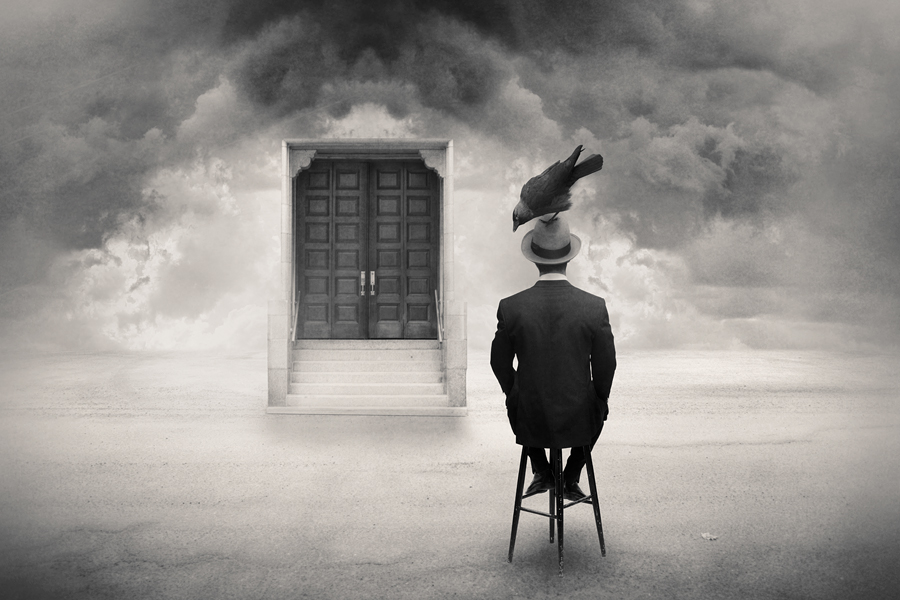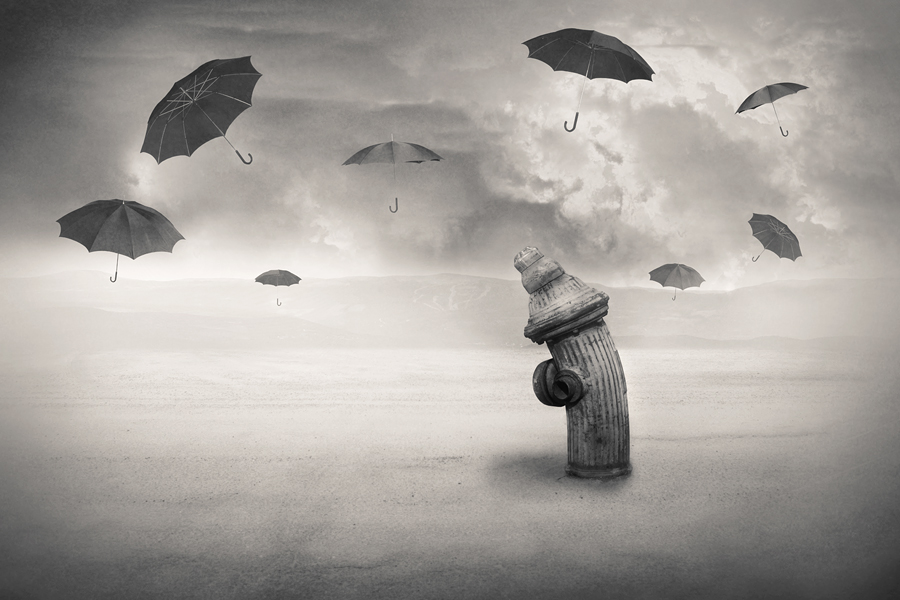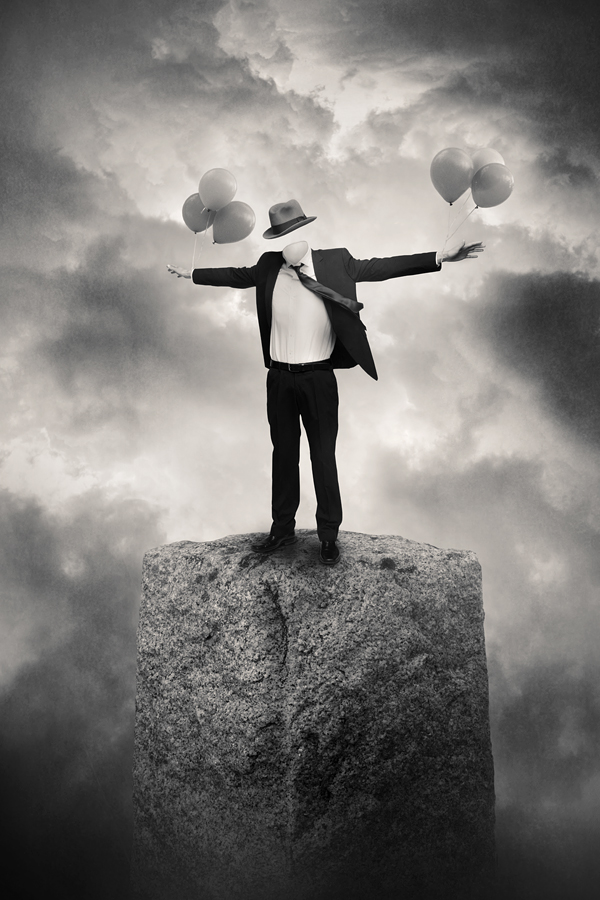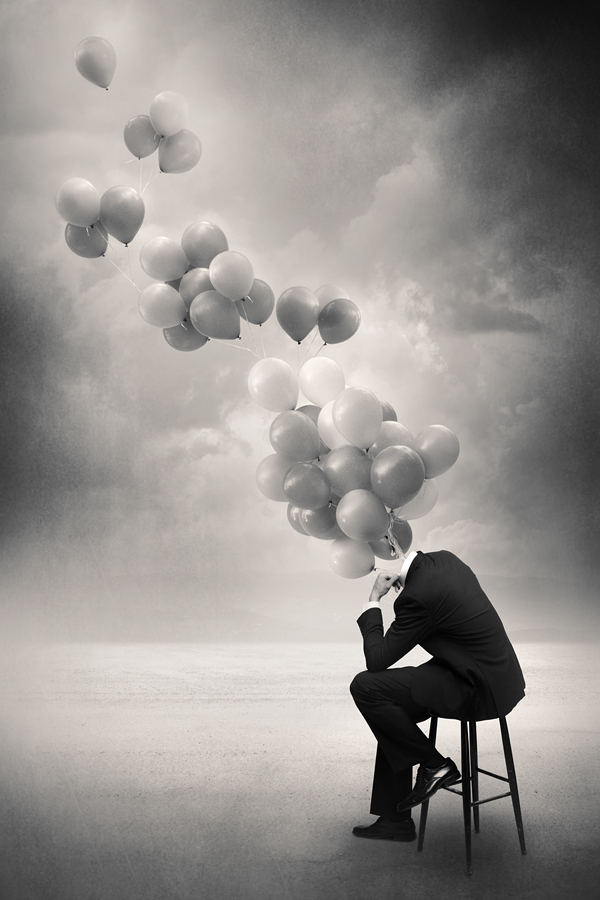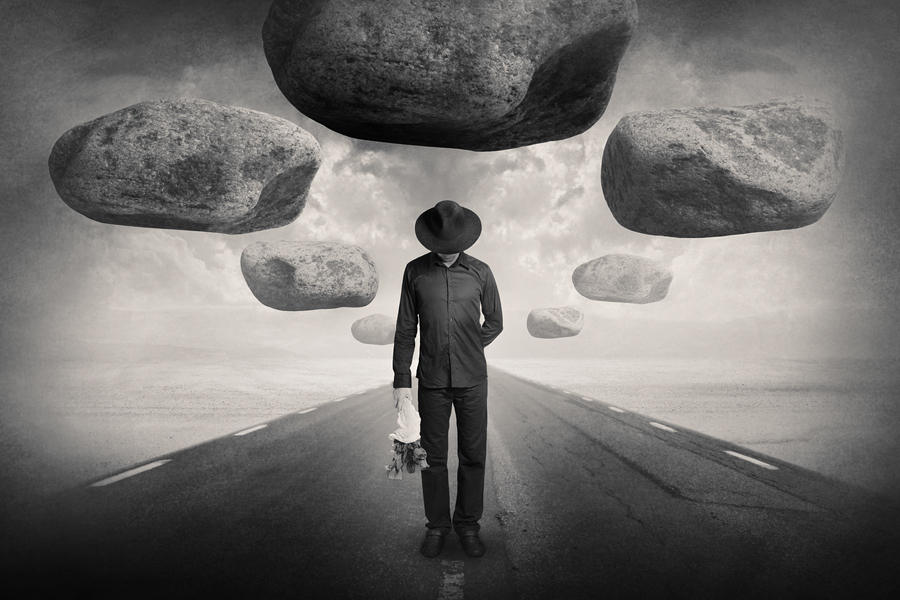Reality Rearranged: Black and White Surrealist Photography by Tommy Ingberg
Tommy Ingberg is a passionate Swedish photographer working primarily in black and white and is fond of creating surrealistic montages, which he often creates after photographing in his studio. His artistic creativity strives for simple, scaled back compositions with few elements, where every part adds to the story, but where there are still gaps for the viewer to fill, many of which produce a "surrealist" end result.
We managed to get an exclusive interview with this considerable talent featuring his latest Surrealist oeuvre showcasing unusual subjects, forms and functions, that we would like to invite you to discover.
Tell us about something about Tommy Ingberg Photography?
For me photography is a serious hobby and I spend most evenings and weekends working on my pictures. Today I work predominantly with black and white, surrealistic photo montages. I do my photography in a studio as well as out in the field, and then combine the source material into images on the computer. I’ve only done photomontages for about a year and a half, so right now I’m trying to focus on developing as an artist and producing new work, although I have had three exhibitions here in Sweden this year.
Can you make a brief description on the pictures in this set?
This is a series of black and white, surrealistic photo montages. The pictures start off with a feeling, a story, a riddle for the viewer to think about. I strive for simple, scaled back compositions with few elements, where every part adds to the story, but where there are still gaps for the viewer to fill.
What’s your creative process like?
My work with a picture starts with an idea. I draw a sketch of how I want the picture to look, to have something to use when shooting the source images. I shoot the subjects in a studio, trying to mimic the outside light. Stuff I can’t shoot in studio, I photograph outside. I try to do as much work as I can in the camera, so that it’s easier to combine the source images into the final montage. For that I use Photoshop.
For me creativity does not come easy. I can't just sit around and wait for an idea. It is hard work, trial and error. I just keep taking pictures and making montages. Sometimes I can work for weeks and only produce pictures that go right into the garbage bin, but I know that if I keep working I will eventually get that one good idea/picture.
Where do you find inspiration and why you like photography?
I find inspiration in music, books, movies and art in any form. As to why I prefer photography, when I was 15 years old I got my first system camera, a Praktica with two lenses and it was then I decided that I wanted to do photography. I needed a way to express myself, and instead of playing in a band, painting or writing I chose photography. Later down the road my photography developed into photo-montages. I can’t really define why I chose photography, there’s just something about it that really speaks to me.
Can you tell us something about the challenges of surrealist photography?
For me, surrealism is about trying to explain something abstract like a feeling or a thought, expressing the subconscious with a picture. So apart from the technical difficulties with shooting the pictures and putting them together in Photoshop, I find that part the hardest, trying to figure out how to create an image expressing what I want it to express.
What are some tips you could give to people that really like your work?
Well, I would still call myself aspiring, so I don’t know if I’m in a position to give advice, but the main thing I've learnt so far is work hard and do not give up. When looking back at my old pictures I can see how my current style of imagery slowly, but surely matured into what it is today. For me this is an ongoing process that so far has taken many, many years. Also, sharing your work on communities, giving and receiving critique is a great way to learn and develop. Another advice would be to really learn the camera, understand lighting and shooting angles and how they affect the final result. Without good source files to work with it's going to show in the final montage. You can do all kinds of magic in Photoshop, but not "save" bad source images. At least half the work is done when shooting the source images getting the direction and strength of the light the same in all the images, getting the angles right, getting the focus right, choosing backgrounds to be able to do the cut-outs cleanly and so on. Regarding the Photoshop work there are so many ways to work with it. Read tutorials, and do a LOT of practicing to develop the skill set you need for your kind of work.
Can you name some great photographers that inspires you and why?
I've been into photography since I was a child and from age 15 and onwards I've been doing it as a serious hobby. I've tried all types of photography; street, portrait, concerts, product, stock and so on. Since I've tried so many types of photography my influences have been many and diverse, and from classic photography and arts rather than from digital art. Early on it was the great masters of photography like Cartier-Bresson, Leiboviz, Erwitt, Brassai and so on, to many to name. I consumed a lot of photography and had new favourites every day. When I started doing photomontages I started to learn about the great painters and artists from other fields, like Magritte, Dali and Escher.
***
Dear Mr. Ingberg, thank you very much to have you featured with this impressive collection of montages on our photomag. We would like to state that your black and white artistic world of dreams is fabulous by adding a special, distinctive view into the world of the fine arts. A big thanks for accepting this challenge and good luck with all your digital projects.
